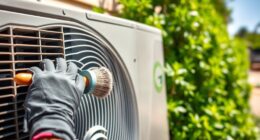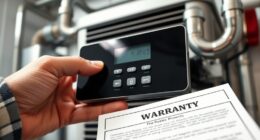Are you sick of being burdened by high electricity costs? We have the perfect solution for you.
In our energy-efficient heat pump guide, we’ll show you how to shrink your electric bill and save money. With our practical tips and tricks, you can optimize the energy efficiency of your heat pump and enjoy the freedom of lower energy usage.
Say goodbye to high bills and hello to savings!
Key Takeaways
- Investing in a high-rated heat pump with greater energy efficiency can lead to lower electricity bills and operating costs.
- Regular maintenance, proper thermostat settings, and sufficient insulation are essential for optimizing energy savings and improving heat pump efficiency.
- Adjusting the thermostat by a few degrees, using programmable thermostats, and implementing zoning strategies can save energy and reduce heating and cooling costs.
- When choosing a heat pump, consider factors such as energy efficiency ratings, climate and temperature range, noise levels, installation and maintenance requirements, and proper cleaning and maintenance practices for long-term cost savings and optimal performance.
Energy Efficiency Ratings and What They Mean
We’ll explain the energy efficiency ratings and what they mean for your heat pump. Understanding these ratings is crucial for making informed decisions when it comes to energy efficiency benefits and cost-saving measures.
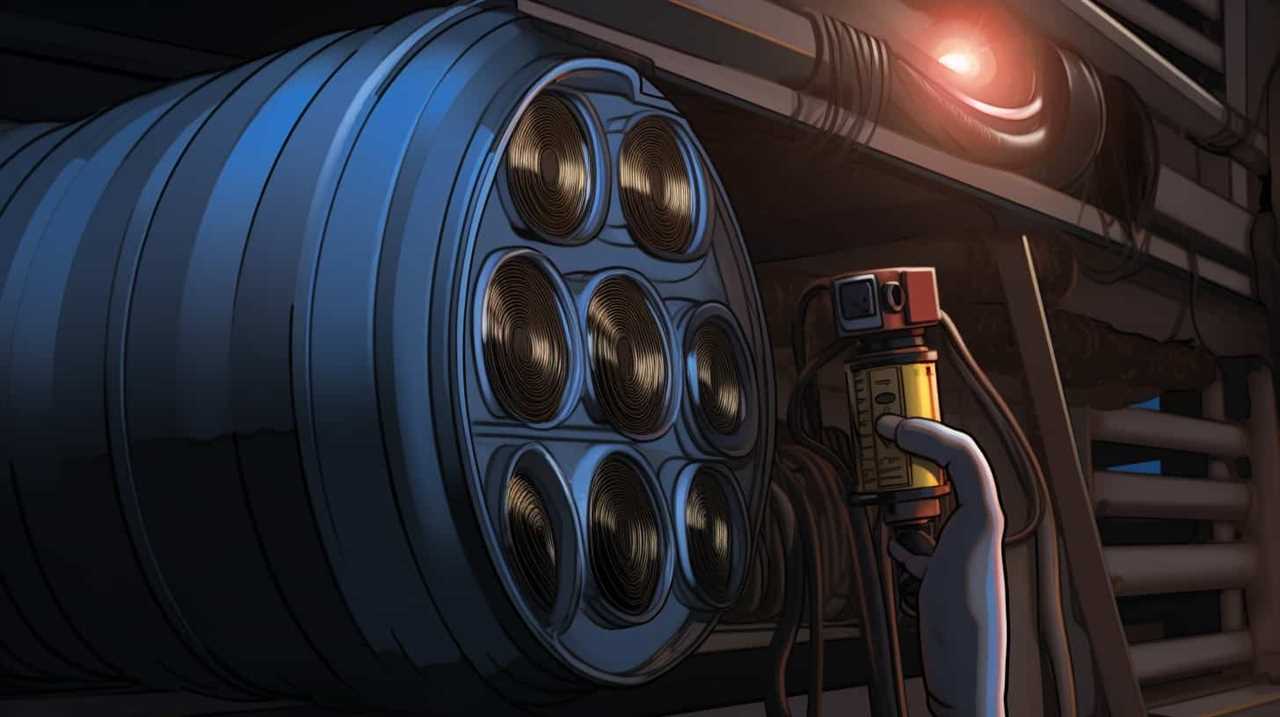
Energy efficiency ratings provide valuable information about how efficiently a heat pump uses energy to provide heating and cooling. The higher the rating, the more energy-efficient the heat pump is, resulting in lower energy consumption and reduced electricity bills.
By investing in a heat pump with a high energy efficiency rating, you can enjoy the benefits of lower operating costs and contribute to a greener environment.
Now that we’ve covered the importance of energy efficiency ratings, let’s delve into understanding the SEER and HSPF ratings, which will help you further optimize your heat pump’s performance.
Understanding the SEER and HSPF Ratings
Let’s explore the SEER and HSPF ratings to gain a better understanding of their significance in optimizing our heat pump’s performance.

-
SEER (Seasonal Energy Efficiency Ratio) measures the cooling efficiency of a heat pump. The higher the SEER rating, the more efficient the heat pump is at cooling air.
-
HSPF (Heating Seasonal Performance Factor) measures the heating efficiency of a heat pump. A higher HSPF rating indicates better heating efficiency.
-
SEER and HSPF ratings are essential when choosing a heat pump, as they determine its energy efficiency and performance.
-
To maximize energy savings, consider the following tips:
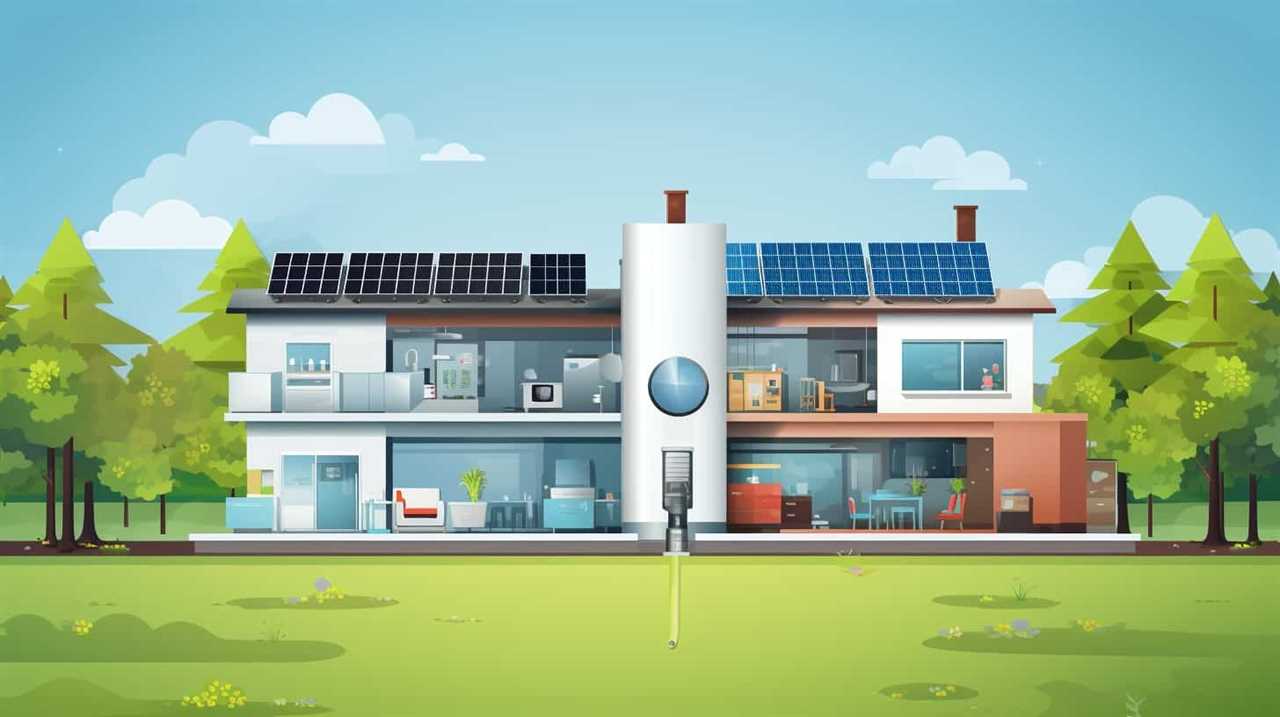
- Regular heat pump maintenance, such as cleaning filters and coils, ensures optimal performance.
- Set the thermostat to a moderate temperature to reduce energy consumption.
- Use programmable thermostats to schedule temperature adjustments based on your needs.
- Insulate your home properly to minimize heat loss or gain.
Understanding the SEER and HSPF ratings empowers us to make informed decisions about our heat pump and implement energy-saving practices for a more efficient home.
Factors Affecting Energy Usage of Heat Pumps
Our energy usage of heat pumps can be influenced by various factors, including heat pump maintenance and the impact of insulation.
Proper maintenance is crucial to ensure that the heat pump operates efficiently. Regularly cleaning or replacing air filters and checking for any leaks or blockages can help optimize its performance. Additionally, scheduling professional maintenance services can help identify and address any potential issues before they become major problems.
Another important factor is insulation. Insufficient insulation can lead to heat loss, causing the heat pump to work harder and use more energy to maintain the desired temperature. By properly insulating your home, you can reduce energy waste and improve the efficiency of your heat pump.

Taking these factors into consideration can help minimize your energy usage and ultimately lower your electric bill.
Tips for Optimizing Energy Efficiency of Your Heat Pump
To maximize the energy efficiency of your heat pump, consider adjusting the thermostat by a few degrees to save up to 10% on your heating and cooling costs.
Here are some additional tips for optimizing the performance of your heat pump and reducing energy consumption:
-
Regular maintenance: Schedule annual maintenance checks to ensure your heat pump is running efficiently. This includes cleaning or replacing filters, checking refrigerant levels, and inspecting the system for any issues.

-
Proper insulation: Make sure your home is well-insulated to prevent heat loss or gain. This will reduce the workload on your heat pump and improve its efficiency.
-
Use programmable thermostats: Set your thermostat to adjust the temperature according to your schedule. This way, you can save energy when you’re not at home or sleeping.
-
Consider zoning: By dividing your home into zones and controlling the temperature separately in each area, you can maximize comfort and reduce energy consumption.
Comparing Energy Usage of Different Heat Pump Models
When comparing different heat pump models, we can analyze their energy usage to determine the most efficient option for our needs. To help you make an informed decision, let’s compare the cost and environmental impact of three popular heat pump models: Model A, Model B, and Model C.

| Heat Pump Model | Cost | Environmental Impact |
|---|---|---|
| Model A | \(\) | Low |
| Model B | $$$ | Medium |
| Model C | $$ | High |
As you can see from the table, Model A has the highest cost but the lowest environmental impact. Model C, on the other hand, has the lowest cost but the highest environmental impact. Model B falls in the middle in terms of both cost and environmental impact. Depending on your budget and environmental priorities, you can choose the heat pump model that best suits your needs.
Frequently Asked Questions
How Long Does a Typical Heat Pump Last Before Needing to Be Replaced?
Heat pumps typically last around 15-20 years before needing to be replaced. Signs that it’s time for a replacement include frequent breakdowns, reduced heating/cooling efficiency, and costly repairs.
Are There Any Government Incentives or Rebates Available for Installing an Energy-Efficient Heat Pump?
Yes, there are government incentives and rebates available for installing energy-efficient heat pumps. These incentives can help offset the cost and make it more affordable for homeowners to upgrade their appliances.
Can I Install a Heat Pump Myself, or Do I Need to Hire a Professional?
We can either install a heat pump ourselves with a DIY installation or hire a professional for a more efficient and hassle-free process. It depends on our skills, time, and preferences.
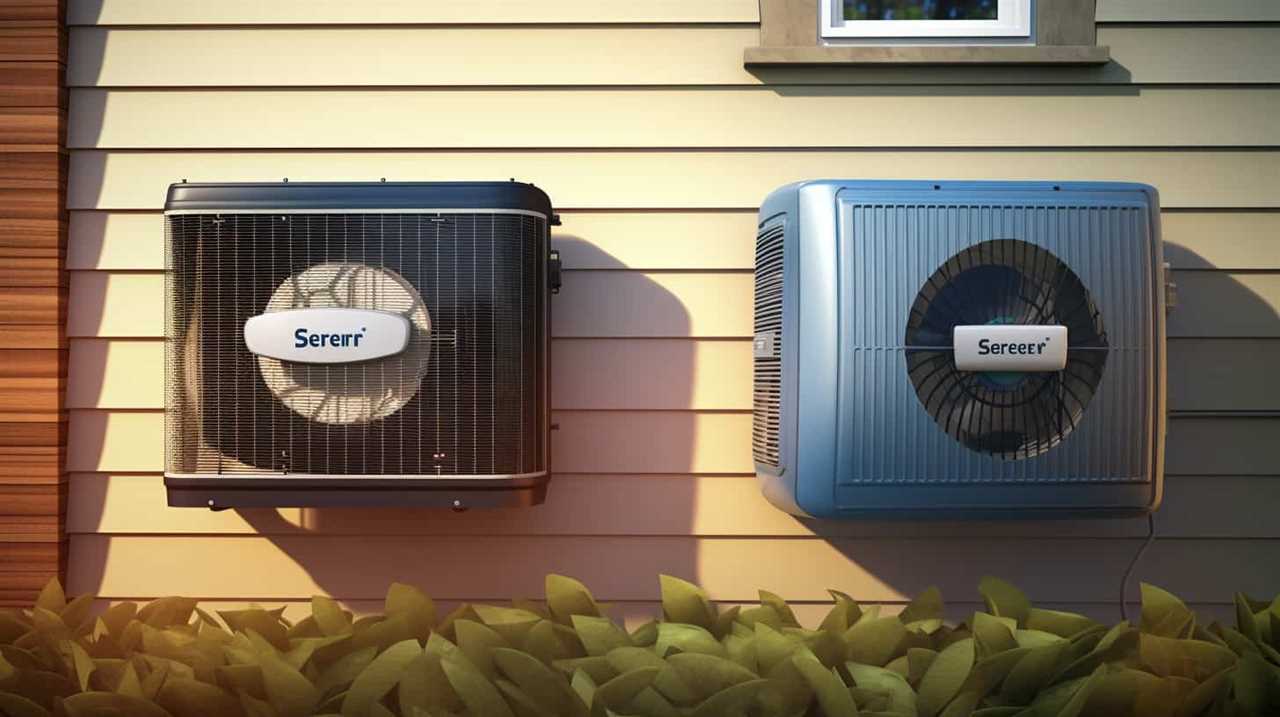
How Noisy Are Heat Pumps When They Are Operating?
When operating, heat pumps can make some noise. However, there are techniques to reduce heat pump noise levels, such as proper installation, regular maintenance, and using noise-reducing features.
Are There Any Special Maintenance Requirements for Heat Pumps to Keep Them Running Efficiently?
There are regular maintenance requirements for heat pumps to keep them running efficiently. Some common issues with heat pumps include dirty filters, refrigerant leaks, and electrical problems. Regular maintenance can help prevent these issues.
Conclusion
So there you have it, folks! By understanding energy efficiency ratings, optimizing your heat pump’s performance, and comparing different models, you can shrink your electric bill and save money.
With a little effort and knowledge, you can make your home more energy-efficient and environmentally friendly.
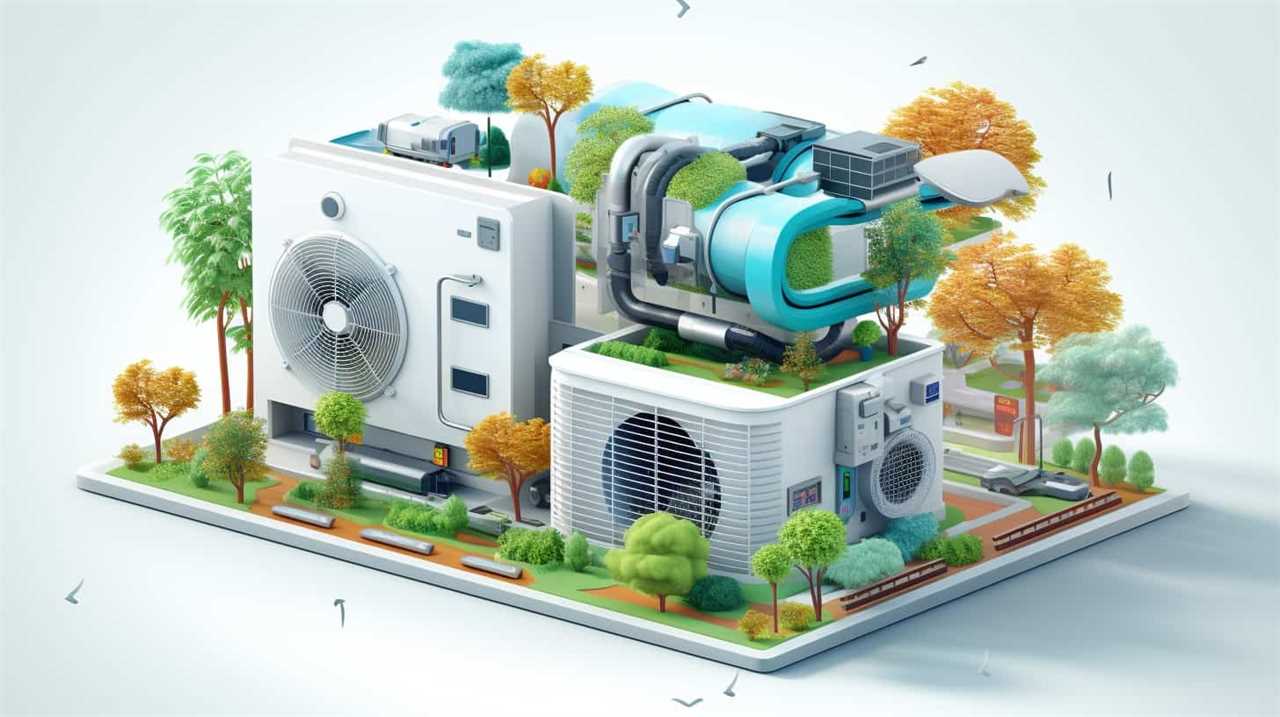
So why wait? Start implementing these tips today and enjoy the benefits of a lower electric bill and a more comfortable home.
Happy savings!







